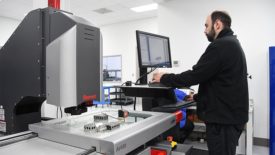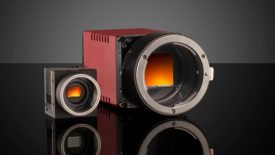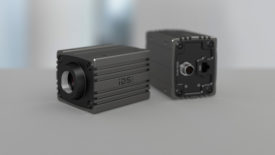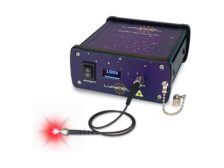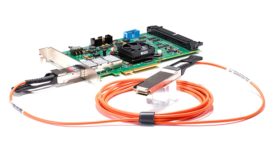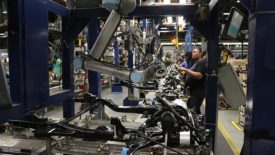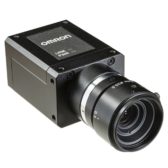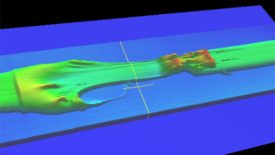Home » machine vision
Articles Tagged with ''machine vision''
Vision & Sensors | System Integration
Yes, there are places for machine learning in our automation world!
Read More
Case Study
Vision for the Win … Noncontact Measurement Tops Traditional CMM
A NASCAR engine typically has 857 components, so some are bound to have geometries that are problematic to measure and inspect.
August 30, 2023
Vision & Sensors | Trends
Developments in UV and IR Imaging Technology
Recent advancements in sensor and optics manufacturing technologies for UV and IR wavelengths have made imaging systems for these wavelength ranges more accessible.
August 29, 2023
Vision & Sensors | Standards
CoaXPress 2.1 Over Fiber Optic Cables is Faster and More Stable
CXPoF opens a new realm of opportunities.
July 20, 2023
Vision & Sensors | Collaborative Robots
Four Trends to Watch in Cobot-Based Quality Automation
Explore some of the benefits and capabilities of cobot-based quality inspection and metrology systems.
July 19, 2023
EV Battery Manufacturing: Steps to Assure Joining Quality and Eliminate Harmful Leaks
The importance of reliability in EV batteries is paramount to the overall vehicle performance.
July 13, 2023
Stay in the know with Quality’s comprehensive coverage of
the manufacturing and metrology industries.
eNewsletter | Website | eMagazine
JOIN TODAY!Copyright ©2024. All Rights Reserved BNP Media.
Design, CMS, Hosting & Web Development :: ePublishing

